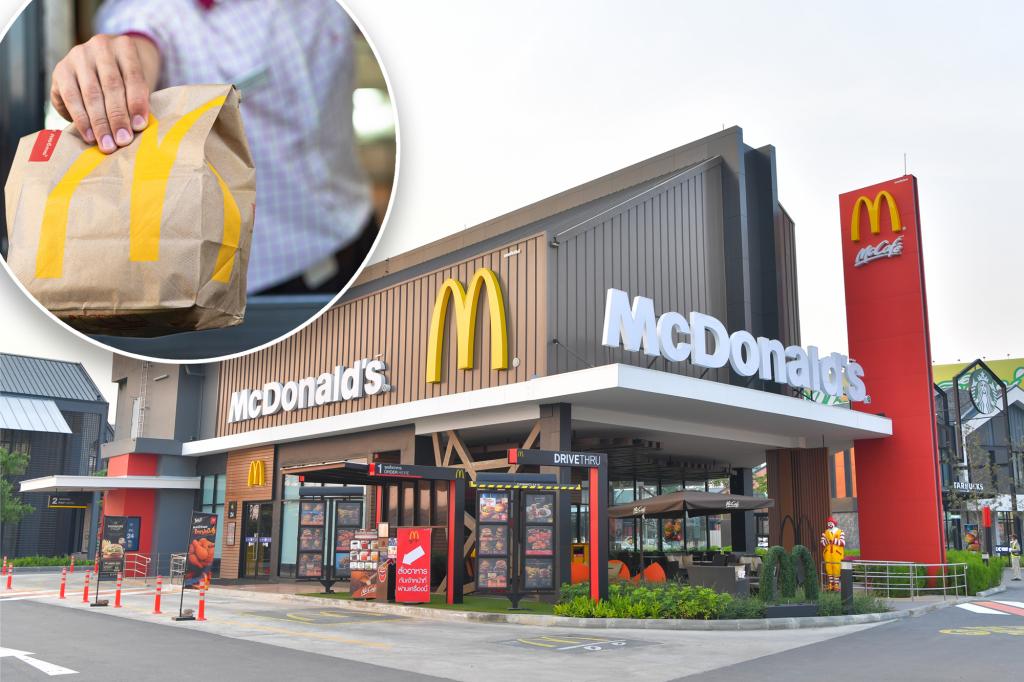The Rising Cost of Fast Food Delivery in America: McDonald’s Case Study
In an eye-opening investigation into the evolving landscape of fast food economics, financial technology company Self has unveiled some startling findings about how much Americans are paying for the convenience of delivery. Their comprehensive study examined the cost of identical McDonald’s orders across the 100 largest cities in the United States, comparing in-restaurant prices with those on major delivery platforms including DoorDash, Uber Eats, and Grubhub. The research paints a sobering picture of how dramatically costs have increased over just two years, and reveals significant geographic price disparities that affect consumers differently depending on where they live. What’s particularly striking is not just the overall upward trend in pricing, but the vast difference between picking up food yourself versus having it delivered to your doorstep.
The study tracked a standard family meal consisting of a Big Mac Combo Meal, a Quarter Pounder with Cheese Deluxe Large Meal, a 6-Piece Chicken McNuggets Happy Meal, and a Hamburger Happy Meal. In 2025, this typical order cost an average of $36.95 when purchased directly from McDonald’s restaurants – representing a substantial 23.7% jump from 2023 prices. However, the true financial impact becomes apparent when delivery enters the equation. The same meal ordered through delivery apps skyrocketed to an average of $62.36, marking a 7.8% increase since 2023. This means Americans are paying nearly twice as much for the convenience of delivery compared to picking up the food themselves – a premium that many consumers might not fully realize when casually placing orders through their smartphones. This “convenience tax” adds up dramatically over time, potentially costing regular delivery app users hundreds or even thousands of extra dollars annually for identical food.
Among the delivery platforms, notable differences emerged in how much they charge customers for the same McDonald’s order. DoorDash proved to be the most expensive option in 2025, with the meal totaling $63.21 – a 71.1% markup compared to ordering directly from the restaurant. Uber Eats followed closely behind as the second most expensive service, charging $62.60 (a 69.4% increase), while Grubhub offered slightly better value at $61.26, though still representing a substantial 65.8% markup. These differences highlight how platform choice can impact the final bill, though all three services substantially increase the cost compared to picking up food directly. Interestingly, while prices have increased across the board since 2023, the percentage markup between restaurant and delivery prices has actually decreased from 93.8% to 68.6% on average – suggesting that in-restaurant prices have risen more rapidly than delivery fees over this period. The most dramatic change came from Uber Eats, which reduced its markup by 34.8% between 2023 and 2025, though it remains significantly more expensive than direct ordering.
The study’s methodology accounts for the complex factors that contribute to delivery pricing beyond just the cost of food items. While the food itself increased by 19.3% on delivery apps between 2023 and 2025, customers are also paying delivery fees, service fees, sales taxes, and various city-dependent charges that can vary dramatically by location. Additionally, the researchers factored in a 15% tip for delivery drivers, though they acknowledge this is optional and subject to customer discretion. This comprehensive approach to calculating the total cost provides a more accurate picture of what Americans are actually spending when they order McDonald’s through these platforms. The geographical disparities revealed by the study are particularly noteworthy, with price differences for identical orders varying by as much as $33.88 between different cities in the 2023 analysis – highlighting how location significantly impacts what consumers pay for the same meal.
For budget-conscious consumers, the research offers some practical insights into minimizing costs. The most economical option is clearly to order directly from McDonald’s and pick up the food yourself, avoiding the substantial delivery premiums altogether. However, for those who prefer the convenience of delivery, the study suggests that shopping around between apps and taking advantage of promotional discount codes can lead to meaningful savings. The researchers specifically note that discount codes can be account-specific, meaning that different household members might have access to different promotions – a strategy savvy consumers can leverage to reduce costs. This highlights how the delivery app ecosystem has evolved into a complex marketplace where informed consumers can potentially navigate to better deals rather than paying full price.
It’s important to note that this study specifically focused on McDonald’s, which as a massive global corporation may have different pricing strategies than smaller businesses. The researchers caution that the markup for local independent restaurants could potentially be even higher than what was observed with McDonald’s, though promotional offers might occasionally make them more competitive. This contextualizes the findings within the broader food service industry, suggesting that the patterns observed with McDonald’s likely reflect wider trends in food delivery economics. As Americans increasingly rely on the convenience of delivery apps for their meals, understanding these cost structures becomes increasingly relevant to household budgeting. The substantial premium consumers pay for delivery – nearly doubling the cost of a simple family meal – raises important questions about the value equation of these services and whether convenience justifies such dramatic price increases in an era of already rising food costs.


